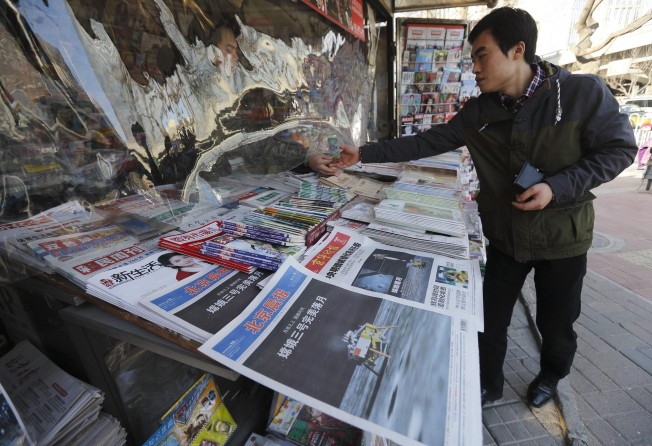
China's moon-mining dream called pie in the sky
Cost of extracting and transporting mined materials would far exceed value, experts say, raising doubts about one purpose of moon mission

China's moon rover will survey for minerals on a dusty, barren crater named the Bay of Rainbows, but experts say there may be no pot of gold on the earth's natural satellite.

Luan Enjie, a senior adviser to the country's lunar programme, told state media that the ultimate aim was to use the moon as a "springboard" for deep space exploration.
Commentators believe doing so would require a base on the lunar surface.
The moon is also believed to hold uranium, titanium, and other mineral resources, as well as offering the possibility of solar power generation.
Even the seemingly far-fetched prospect of using the moon as a facility from which missiles could be launched against "hostile military targets on earth" was raised by the Beijing Times newspaper, citing "relevant experts" at a state body.
As various scenarios are discussed on the country's popular internet message boards, the Yutu rover is analysing minerals while crawling across a 400-kilometre-wide plain known in Latin as Sinus Iridum, or the Bay of Rainbows.
It is equipped with belly-mounted ground-penetrating radar, which observers said would be used to detect the mineable quality of the moon's crust.
One substance thought to be far more abundant on the moon than earth is helium-3, an isotope of the element that official news agency Xinhua called the "perfect fusion energy source to replace oil and gas".
Officials claim it could be used to generate power for more than "10,000 years", reports say - but the fusion reactors it could theoretically fuel do not yet exist.
"Everyone knows fossil fuels such as gas and coal will be used up one day, but there are at least one million metric tonnes of helium-3 on the moon," Ouyang Ziyuan, a senior adviser to China's lunar programme, told Xinhua.
Nonetheless the cost of such exploitation would be phenomenal. China has already poured tens of billions of yuan into its space programme.
The Chang'e-3 mission comes ahead of a second rover landing, Chang'e-4. It is expected to retrieve samples for closer analysis within five years.
"The next stage is to do something that the Americans haven't done - to do a bit of mining," said Richard Holdaway, director of Britain's RAL Space laboratory. "They have the technology to do it, they have the buying power to do it, they are strategically interested in doing it, so the bottom line is if they want to do it, they will."
But Karl Bergquist, international relations administrator at the European Space Agency, who has worked with Chinese space officials on various missions including Chang'e-3, said that mining the moon remained "many, many years" away. "Here in Europe we believe the cost of carrying out such a thing makes the cost of extraction not commercially viable," he said.
Successfully obtaining helium-3 would require a vehicle with a cargo bay the size of the space shuttle to land on the moon, said Joan Johnson-Freese, a professor of national security affairs at the US Naval War College in Newport, Rhode Island.
"Even with the space capabilities, the fusion reactor is a long way off," the expert on Chinese space activities said. "The idea of mining the moon is raised when politicians want an economic justification for space activities. It was used by the US and now is being used by China."